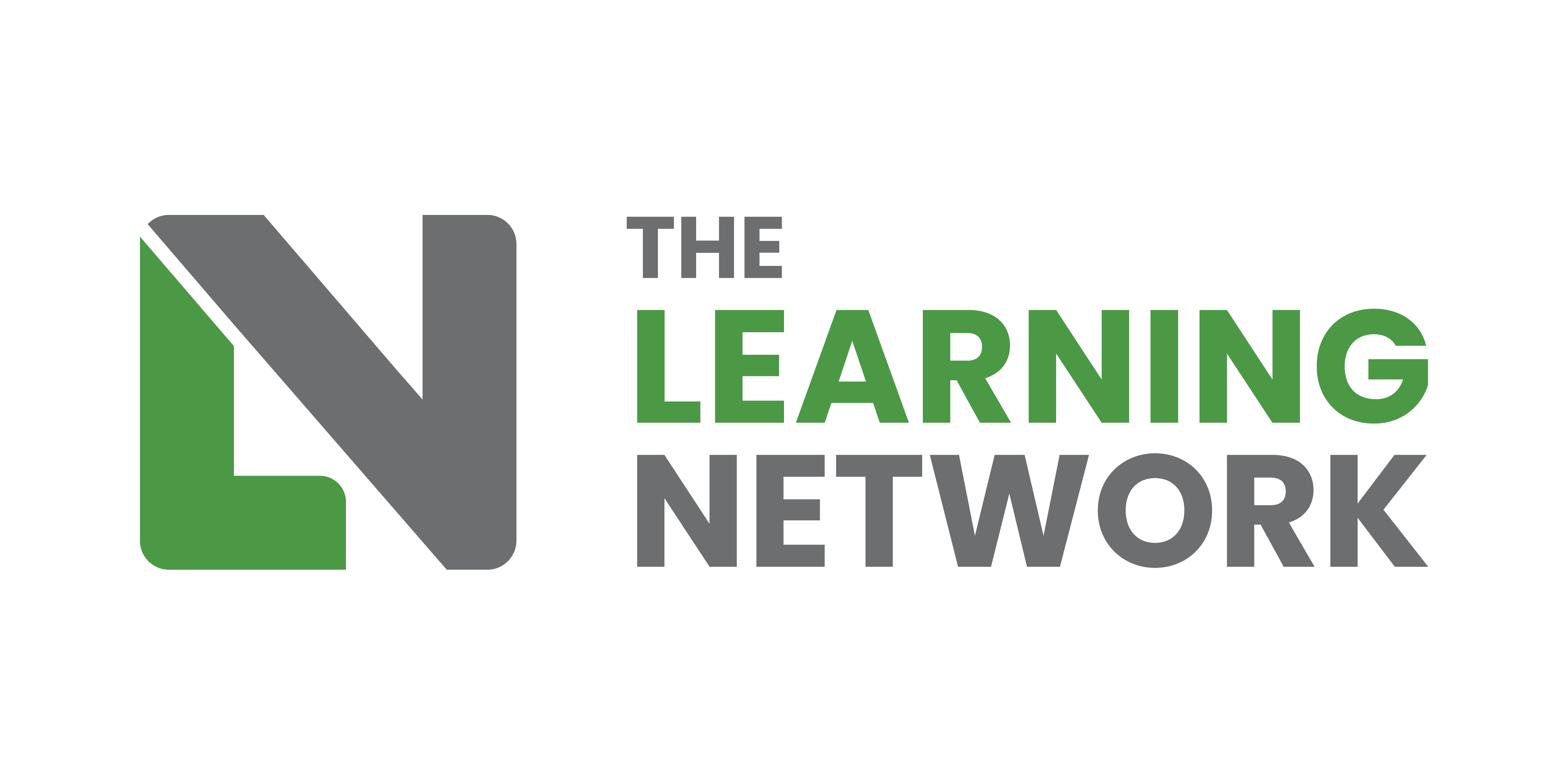Over the last 15 years we’ve seen technology develop at an exponential rate, forget the industrial revolution, I firmly believe we’re living through the ‘technological revolution’ and that pace of change has driven a profound change in the L&D world itself.
Or has it? I’m going to start by contradicting myself immediately… technology isn’t changing the way we live and work… it’s not in the driving seat, or at least it shouldn’t be. Our needs are changing and technology could, should and is being used to support those needs where appropriate. I could stop there… after all, in the L&D world the appropriate use of the most effective tools has always been the foundation stone for good solution/learning design. But I think it’s worth digging a bit deeper to look at some of the specifics and one set of influencing factors specifically….
Change seems to be a constant in L&D but there is one area of change that seems to be solidifying into something a little more stable…. The way we work. The expectations of large parts of the workforce have shifted in the last 10-15 years, partly through organisational change and partly through generational change, and in that space (the generational change) I’d be churlish not to admit that technology innovation isn’t in part a contributing factor, but let’s focus for a moment on the organisational change.
Many leading organisations across the UK will now recognise a number of trends including; Increasingly remote workforces, an increased pace of work where speed is vital, 24/7 expectations in terms of connectivity/contact ability, a dramatically increased need for knowledge sharing and collaboration, a shift to an increasingly knowledge based economy and, for better or worse, a blur between work and personal lives.
What does this mean for workplace learning?
L&D must, and is beginning to, evolve to meet this shift in ‘needs’ as the enabler of the workforce, supporting employee capability; Learning must lead through the change. In fact it’s more than a responsibility to lead it’s a great opportunity for L&D to set an example and show the wider business that it is tuned into the needs of the learner and the organisation, harnessing the opportunities and tackling the inevitable challenges.
So what are some of the key characteristics and changes that will signify an L&D function that is rising to the opportunity? There are two key areas…Firstly the NATURE of their learning offer has begun to focus on how people REALLY learn (Formal, Informally, Socially, through Experience) with recognition and support for/of those ways of learning. Secondly their technology infrastructure has begun to adapt to support the changes of both the wider organisation (as mentioned above) and to the nature of the learning offer and how the learners really learn.
Put simply leading organisations are reviewing their strategy whilst considering HOW and WHERE their employees learn… If we think about it… there’s nothing new about that…. It’s just that the technological revolution means that as L&D professionals we have many more choices about what we do about it.
Examples of this change include:
- A shift within L&D from ‘Creation of learning’ to also include ‘Curation of learning’, with L&D being the custodian, contextualiser and guide rather than the dictator.
- Enabling collaboration and contribution of learners.
- Enabling informal learning
- Self-guided performance support
- Consideration of the xAPI (Tin Can) and how to best deploy it
- Harnessing the Social and informal learning for the benefit of the formal (Guided Social Learning Experiences)
- Recognising that not all learning will happen under the influence of L&D
- A shift towards mobile ready learning (Not just phones) but HTML5 and more broadly a technical methodology that allows access to learning at any time from most devices. (Mobile learning is a topic in its own right)
What’s important to remember is that I’m not saying that all of these examples are right for all organisations… far from it, rather these are examples of how to identify an organisation responding to the changing nature of work, its culture and capability needs, a leader.
Collaborative Intranets
With the blurring of the formal and the informal, the recognition that learning has been taking place outside the LMS and the Classroom, the rise of electronic performance support and the realisation that the concept of the ‘one stop shop’ (that removes barriers to engagement) has even more importance in this interconnected environment we have seen an increased prevalence of ‘Collaborative Intranets’. Places that begin to support discussion, knowledge sharing, daily tasks, user generated content and more, and critically we are beginning to recognise them as places where learning take place.
This move away from the traditional space of L&D is uncomfortable for some, but it’s another great opportunity for enlightened professionals. The organisation isn’t encroaching on L&D, instead L&D is expanding its sphere of influence and needs to provide it’s expertise to support the wider business across this informal learning landscape.
Risk and reward
In this time of change what are the risks and rewards? There is the risk that we ‘dumb down’ communication and learning, that we make it too easy to have an ill-informed opinion that gets shared. There’s the risk that we reward this ‘less than well thought out’ contribution and that most importantly L&D becomes too reactive (as curators) rather than pro-active.
That said, the rewards are numerous; Increased engagement, better team work and knowledge sharing, consistency, effectiveness and efficiency of L&D are all there for the taking.
Technology isn’t in the driving seat, we are, and we need to use Technology intelligently to support our changing workforces.


